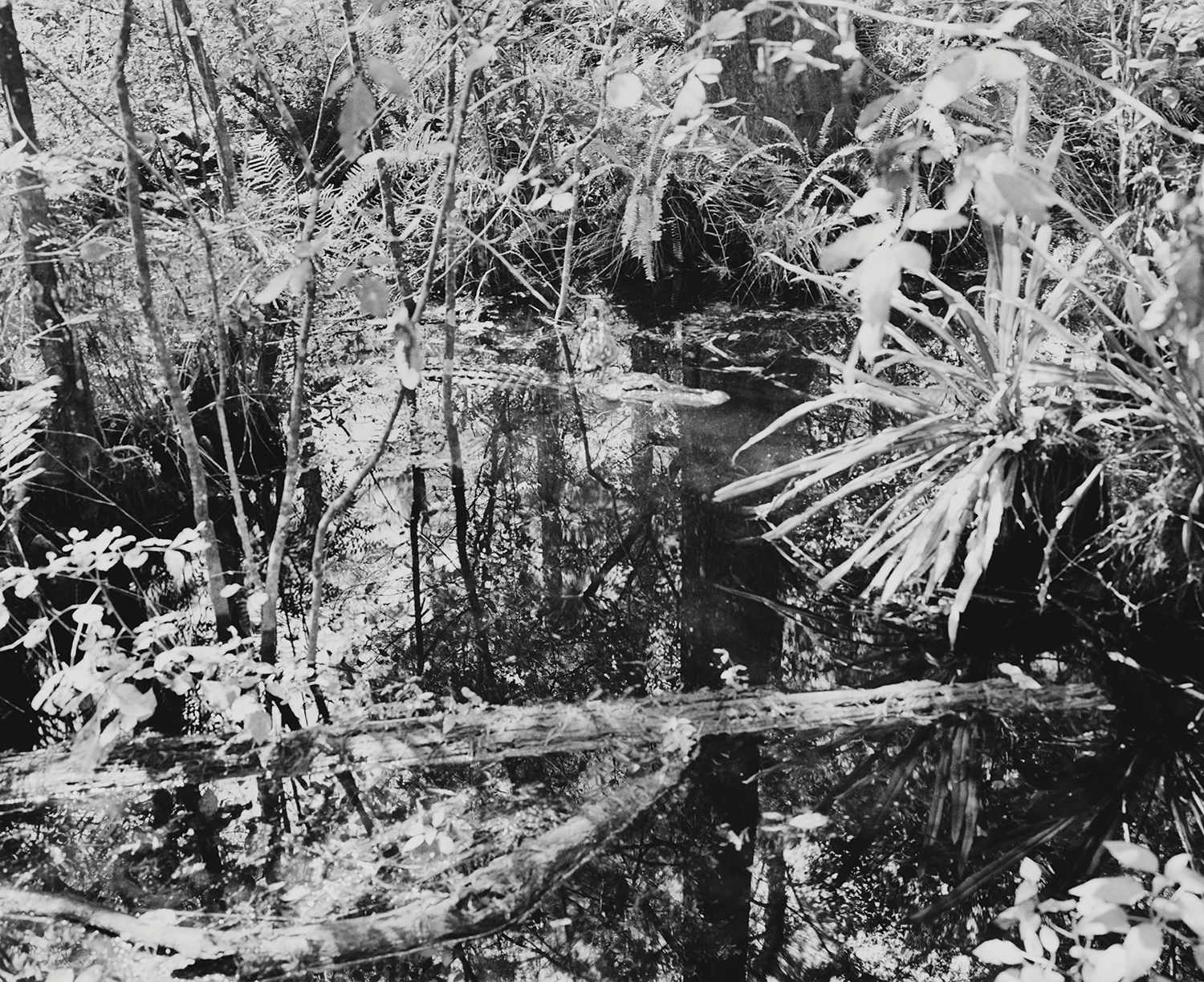
Ansel Adams’s lifelong passion for the national parks began in 1916 when, at the age of fourteen, he convinced his parents to take him on vacation to the Yosemite Valley. Equipped with a No. 1 Brownie camera that his parents had given him, Adams took his first images of Yosemite that year. Soon after, he became involved with the Sierra Club, leading tours and participating in trips to the Yosemite High Country. He was eventually elected to the board of directors and lobbied for additional areas to be set aside as national parks and monuments. His images of the parks have come to represent the grandeur of the American landscape, conjuring a sense of pride for American viewers in both the land itself and the preservation of these spaces through the National Park Service. Adams’s photographs have also had broad international appeal, establishing the national parks as globally recognizable icons.

In 2004, Marion Belanger served as artist in residence at Everglades National Park in Florida, an area with a complicated history. Considered potential farmland by early settlers, it was drained for development in the early 1900s, impacting the delicate ecosystem of plants and animals that live along the waterways; advocates lobbied for the area to be made into a national park, which it became in 1947. Belanger’s body of work draws on this unsettled history, documenting sites within the park, as well as those just beyond its borders. Ultimately, her work calls into question the ways that we divide land, making invisible borders that establish what is “important” to preserve and subdividing the fragile ecosystems that have survived for thousands of years.

Mitch Epstein began his series American Power in 2003. Like the photographs of Ansel Adams and Eliot Porter, Epstein’s work confronts the viewer with issues of land preservation, now incorporating elements of our twenty-first-century debates on climate change. The photographs comment on America’s energy-driven lifestyle and reliance on fossil fuels. The series includes an image of Exit Glacier at Kenai Fjords National Park in Alaska, the only landmark in the park accessible by car; Epstein’s photograph freezes the glacier in time, an effort to preserve the changing landscape—which, despite its status as a protected national park, is not immune to climate change—prompting us to pause and consider our own impact on the world.
